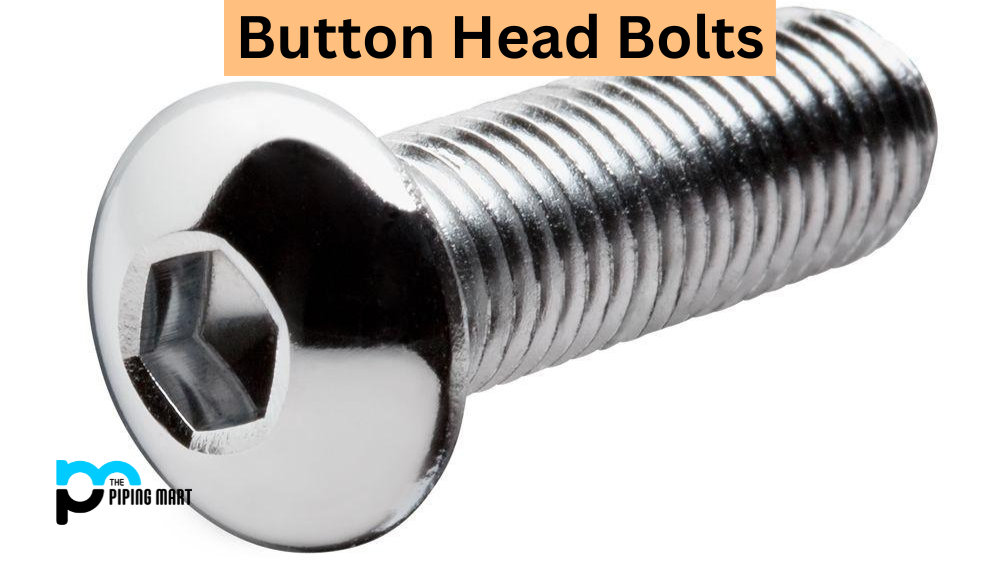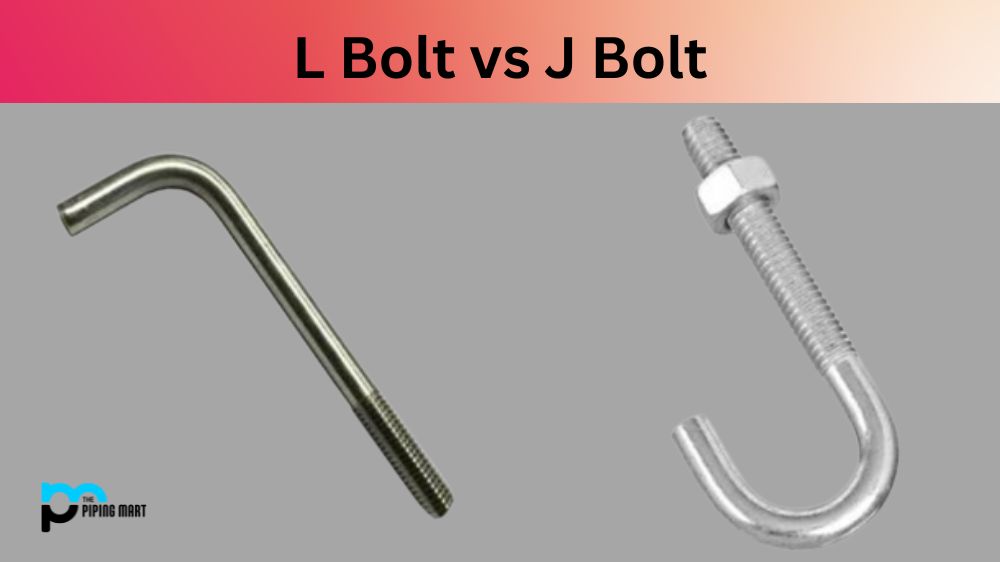Bearings are crucial components in a wide range of mechanical systems, providing support and reducing friction between moving parts. This article explores the different types of bearings, their applications, and their benefits. Additionally, we’ll discuss the role of bearings in relation to geosynthetics, highlighting how they contribute to the performance and durability of these materials in various applications.
What are Bearings and How Do They Work?
Bearings are mechanical components designed to support rotating or moving parts by reducing friction and wear. They consist of an inner ring, outer ring, balls or rollers, and a cage. The balls or rollers facilitate smooth rotation or movement by rolling between the inner and outer rings, minimizing direct contact and friction. This allows for efficient transfer of loads and improves the overall performance of machinery.

What Are the Different Types of Bearings?
Bearings come in various types, each suited for specific applications:
- Ball Bearings: These are versatile and used in a wide range of applications, from household appliances to industrial machinery. They can handle both radial and axial loads.
- Roller Bearings: These include cylindrical, spherical, and tapered roller bearings, which are designed to handle higher radial loads and are used in heavy-duty applications.
- Thrust Bearings: Designed to support axial loads, thrust bearings are used in applications where forces act parallel to the shaft, such as in car engines and turbines.
- Plain Bearings: Also known as bushings or journal bearings, these bearings rely on a sliding motion between surfaces and are used in applications where low friction and simplicity are required.
How Are Bearings Used in Geosynthetic Applications?
Bearings play a critical role in the performance of geosynthetics, such as geotextiles, geogrids, and geomembranes. These materials are used in construction and civil engineering to improve soil stability, drainage, and load distribution. Bearings are employed in machinery that handles or installs geosynthetics, ensuring smooth operation and reducing wear on equipment. Additionally, bearings are used in systems that monitor and maintain the integrity of geosynthetic installations, helping to prevent failures and extend the lifespan of the materials.
What Are the Benefits of Proper Bearing Maintenance?
Proper maintenance of bearings offers several benefits:
- Increased Lifespan: Regular inspection and lubrication can prevent premature wear and extend the life of bearings.
- Enhanced Performance: Well-maintained bearings operate more smoothly, reducing friction and improving overall efficiency.
- Reduced Downtime: By addressing issues before they lead to failure, maintenance helps avoid unexpected breakdowns and costly repairs.
- Cost Savings: Preventive maintenance reduces the need for frequent replacements and repairs, resulting in cost savings over time.
Bearings are fundamental components in mechanical systems, providing support and reducing friction to ensure smooth operation. With various types available, including ball, roller, thrust, and plain bearings, each is designed for specific applications. Their role extends beyond traditional machinery to include geosynthetic applications, where they contribute to the effectiveness and durability of materials used in construction and civil engineering. Regular maintenance of bearings is crucial for maximizing their performance, extending their lifespan, and minimizing operational costs. Understanding the importance of bearings and their maintenance can lead to more efficient and reliable machinery and systems.
Tags: 608zz bearing, azimuth to bearing, child bearing, kaydon bearing, spun bearing